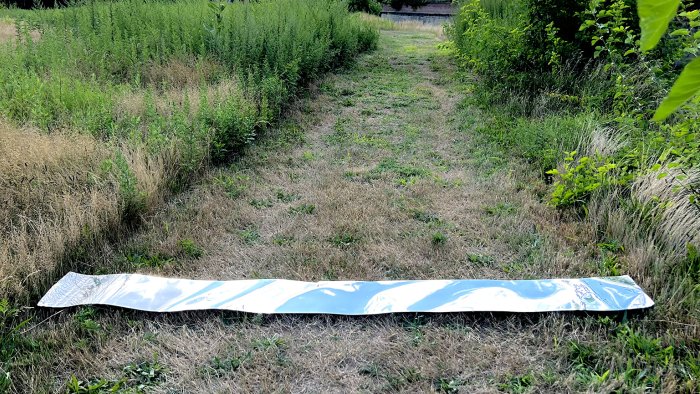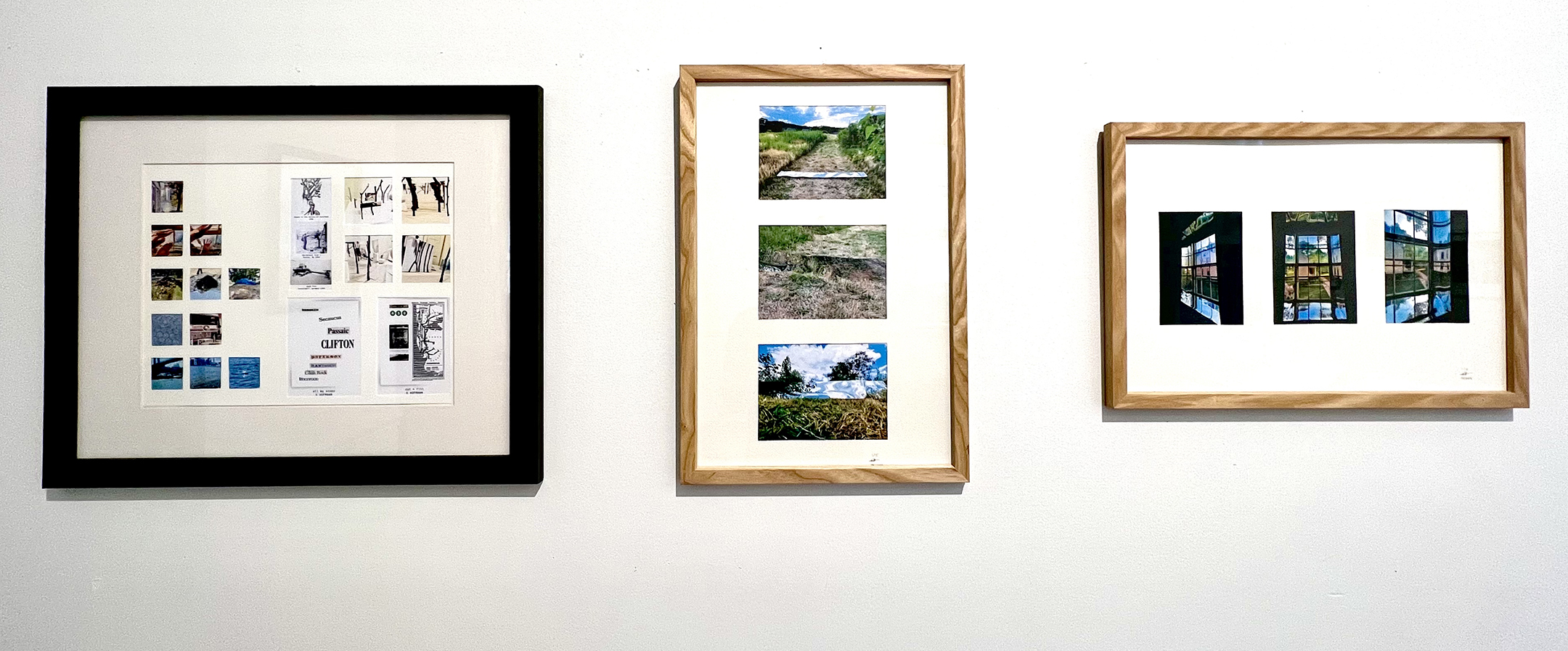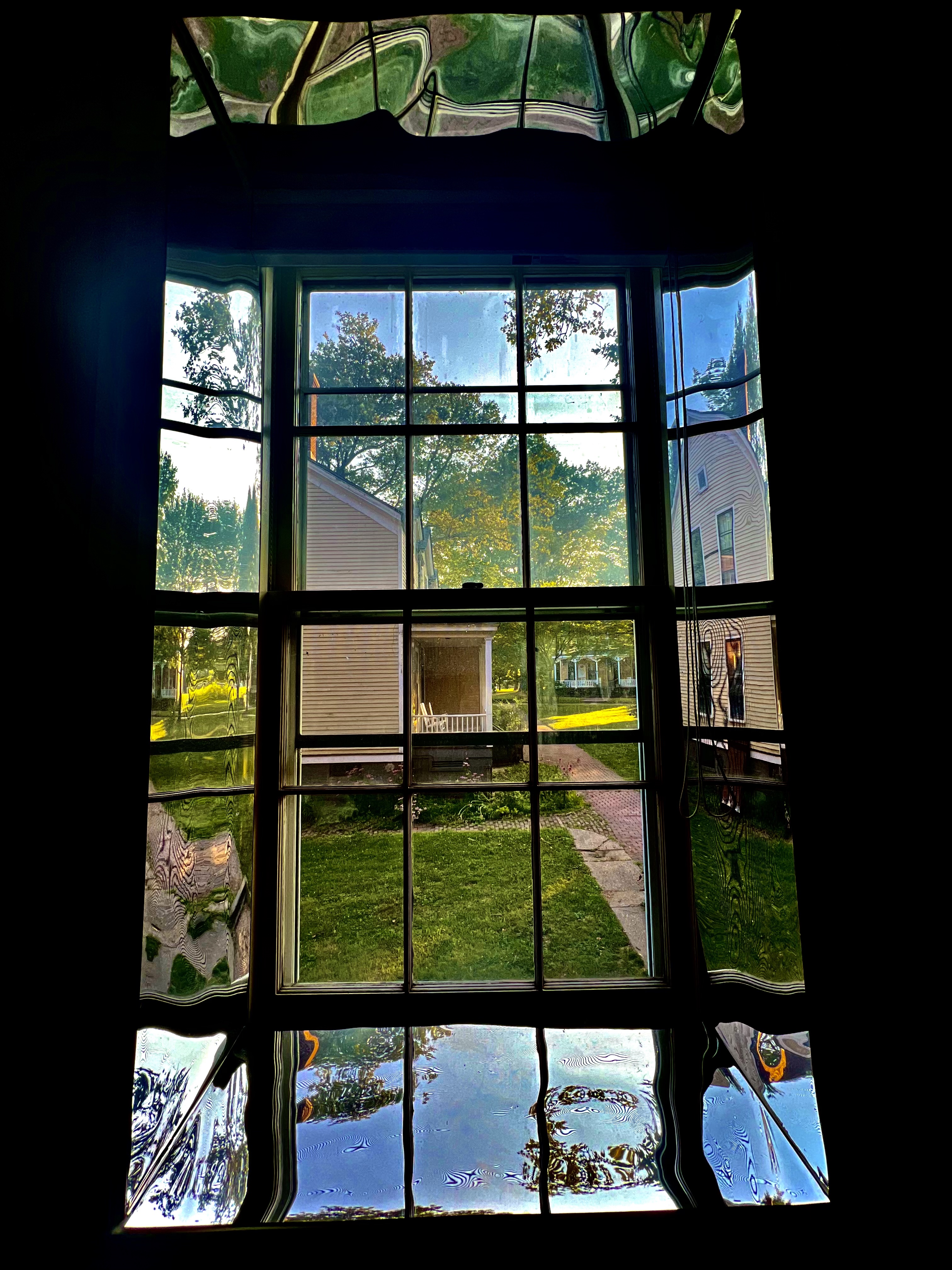
At a glance
“The Institute for Public Architecture has supported various kinds of fellowships for architects and artists. Last year they began hosting overnight residencies, and I was fascinated by the opportunity to live and work on Governors Island while working on an independent research project.”
Kevin Hofmann - Assistant Professor of Architecture

Alfred State College (ASC) Assistant Professor of Architecture Kevin Hofmann spent the summer participating in the 2023 Institute for Public Architecture Fellowship as one of six fellows joining the eleven-week program.
Each of the fellows worked on a self-directed creative or research project. Hofmann studied the 1969 visit made to Alfred by the avant-garde land artist Robert Smithson less than a year before completing his magnum opus, Spiral Jelly.
Participating in a fellowship like this has been on Hofmann’s radar for the past few years. “The Institute for Public Architecture has supported various kinds of fellowships for architects and artists. Last year they began hosting overnight residencies, and I was fascinated by the opportunity to live and work on Governors Island while working on an independent research project.”
Governors Island is a 172-acre decommissioned Coast Guard base in the heart of New York Harbor. It is just minutes from Lower Manhattan and the Brooklyn waterfront by ferry. It is a popular destination with an award-winning park, dozens of historic buildings, year-round educational and cultural facilities, a rich arts and culture program, and a 22-acre National Monument.
Hofmann has learned more about Smithson’s trip and his work with students at Alfred University. “The two pieces that came out of his visit, Upsidedown Tree I and Hypothetical Continent in Stone, are lost to time as they were made outdoors and intended to begin deteriorating as soon as they were finished. My research has attempted to situate these works within Smithson’s larger oeuvre and to make original in situ works of art to reflect on his practices and methods.”
Returning to campus to start the new school year, Hofmann is excited to be back in the classroom with his students with a unique perspective from the experience. “Having to create and produce on a deadline reinforced my empathy for students facing their own deadlines with creative projects. I also had to defend my ideas about art and architecture to peers exposing me to a wide range of ideas I might not have otherwise encountered. This experience will allow me to draw on a fresh well of experience when it comes to helping students advance their ideas.”
On top of his research and art, Hofmann was able to guest teach a group of high school students in the Brooklyn Navy Yard, expand his network of fellow design academics and professionals, and publicly display his work to visitors at the Governors Island Block House through late September.
Learn more about Robert Smithson
Descriptions of the pieces of art that Hofmann created during the experience.

“The mirror is a displacement, as an abstraction absorbing, reflecting the site in a very physical way. It’s an addition to the site. But I don’t leave the mirrors there. I pick them up…”
Robert Smithson: ‘Fragments of a Conversation,’ ed. by William C. Lipke.
Mylar Situations begins in many ways where Robert Smithson’s Mirror Trails end: that is, nowhere and everywhere at once. Tectonically, Mylar Situations are just six millimeters thick, decidedly less physicalized than their mirrored-glass predecessors. This material evolution belies a modus operandi born from opportunism rather than creative vision.
Mylar Window exploits the thick, load-bearing masonry construction of 9 Nolan Park, the Block House. A deep band composed of four reflective surfaces lines the threshold between in and out, a scenario that visually distorts landscape and architectural experiences. Each surface reflects the parallel view resulting in optical illusions of sliced structures, inverted canopies, and grounded skies.
Mylar Trail spans a footpath near Fort Jay, Governors Island, blending and confusing landscape elements with their image inverses. The slightest change in vantage (or wind direction) causes a glitchy ground to give way to an unseen slice of sky, infinite expanses traversed in mere millimeters.

